LABORATORY FOR MANUFACTURING
AND PRODUCTIVITY
CAPABILITIES
MANUAL LATHES
 By rotating a workpiece about an axis of rotation, lathes perform various operations such as cutting, knurling, drilling, deformation, facing, and turning using tools that are applied to the workpiece to create an object with symmetry about that axis.
By rotating a workpiece about an axis of rotation, lathes perform various operations such as cutting, knurling, drilling, deformation, facing, and turning using tools that are applied to the workpiece to create an object with symmetry about that axis.
CNC LATHE
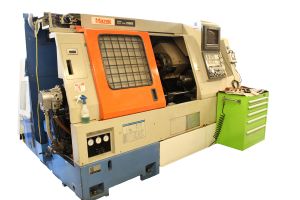
Operated with Computer Numerical Control (CNC) systems and provided with precise design instructions, CNC Lathes are machine tools where the material or part is clamped and rotated by the main spindle, while the cutting tool that work on the material, is mounted and moved in various axis.
MANUAL MILLS
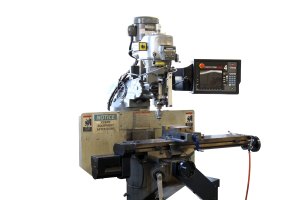
Manual mills remove material from a work piece by rotating a cutting tool and moving it into the work piece. Mills are usually used to machine flat and irregularly shaped surfaces and can be used to drill, bore, and cut gears, threads, and slots.
CNC MILLS
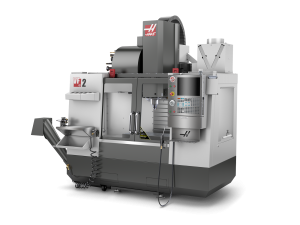 CNC milling, or computer numerical control milling, is a machining process which employs computerized controls and rotating multi-point cutting tools to progressively remove material from the workpiece and produce a custom-designed part. This process is suitable for machining a wide range of materials, producing a variety of custom-designed parts and products.
CNC milling, or computer numerical control milling, is a machining process which employs computerized controls and rotating multi-point cutting tools to progressively remove material from the workpiece and produce a custom-designed part. This process is suitable for machining a wide range of materials, producing a variety of custom-designed parts and products.
INJECTION MOLDING
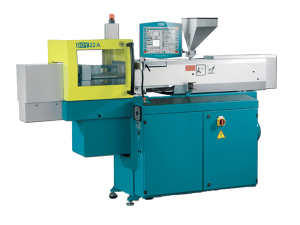
Injection molding is a manufacturing process for producing parts by injecting molten material into a mold. Injection molding can be performed with a host of materials, most commonly thermoplastic and thermosetting polymers. Material for the part is fed into a heated barrel, mixed (using a helical screw), and injected into a mold cavity, where it cools and hardens to the configuration of the cavity. After a product is designed, molds are made from metal, usually either steel or aluminum, and precision-machined to form the features of the desired part.
THERMOFORMING

Thermoforming is a process of heating a thermoplastic sheet to its softening point. The sheet is stretched across a single-sided mold and then manipulated. Then, it cools into the desired shape. The most common methods to get the sheet to conform to its final shape are vacuum-forming, pressure-forming, and mechanical forming.
WATERJET
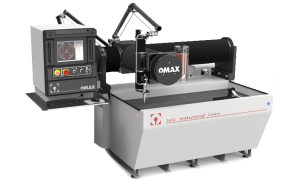
Waterjet cutting is an accelerated erosion process within a selected material such as metal, plastics, and stone. Highly pressurized water is fired through a nozzle into a mixing chamber. This pressure creates a vacuum and draws garnet sand into the stream where it is then fired at the object in place for cutting. The sand particles eat away at the material causing precision cutting.
3D PRINTING
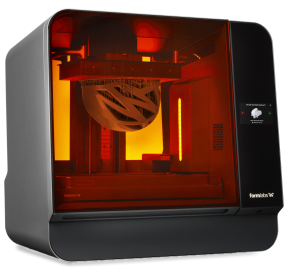
3D printing uses computer-aided design to create three-dimensional objects through a layering method. Sometimes referred to as additive manufacturing, 3D printing involves layering materials, like plastics, composites or biomaterials to create objects that range in shape, size, rigidity and color.
2D FLATBED PRINTING
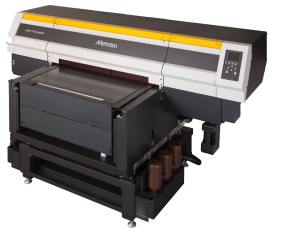
Flatbed UV printers are characterized by a flat surface upon which a material is placed to be printed on. Flatbed digital printers usually use UV curable inks made of acrylic monomers that are then exposed to strong UV-light to cure or polymerize them. This process allows for printing on a wide variety of surfaces such as wood or canvas, plastic, tile, and even glass. The adjustable printing bed makes it possible to print on surfaces ranging in thickness from a sheet of paper often up to as much as several inches.
COORDINATE MEASURING MACHINE (CMM)
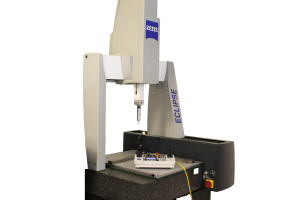
A Coordinate Measuring Machine (CMM) is used for precision verification and documentation of manufactured parts and assemblies. CMMs are programmed and/or controlled to take measurements of size, form, dimension, and relationships between features. Verification is based upon a comparison between the part and design definition established by engineering drawings and/or CAD definition.
SHEET METAL
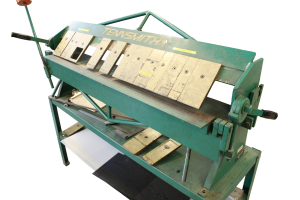
Sheet metal fabrication refers to multiple processes that alter a metal sheet’s original shape to produce desired parts and products. There are three primary steps in the fabrication process: cutting, forming, and joining/assembly.
BANDSAWS
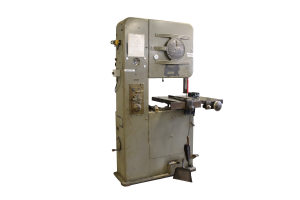
A bandsaw is a power saw with a long, sharp blade consisting of a continuous band of toothed metal stretched between two or more wheels to cut material. The horizontal metal band saw holds the work piece stationary while the blade swings down through the cut and is normally used to cut stock down to more manageable sizes. The vertical metal bandsaw has a blade which rotates continuously permitting a smooth, flexible cutting action and remains in an upright position while it moves as the material is guided through it.
DRILL PRESSES
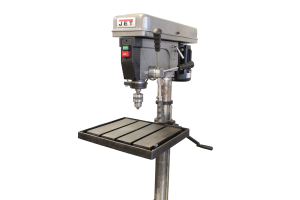
Drill presses are used for creating precision holes in different materials. The drill is held in a rotating spindle and is fed into the workpiece, which is usually clamped in a vise. The drill may be gripped in a chuck with three jaws, or it may have a tapered shank that fits into a tapered hole in the spindle. Although drill presses are used mainly for drilling holes, they can also be used for enlarging holes with a boring tool or finishing holes with a reamer.
GRINDING AND SANDING
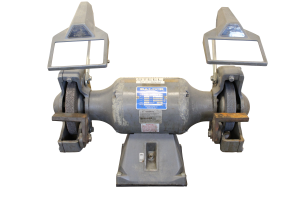
Bench grinders are a type of grinding machine used to drive abrasive wheels to roughly shape metal. Belt sanders help to remove sharp edges, round corners, and provide surface finishing. Belt sanders are often used for non-ferrous metals, such as aluminum as non-ferrous metals tend to clog grinding wheels. Because the small grooves in the sandpaper are opened as they go around the arc of the drive wheel, belt sanders are less prone to clogging.
ARBOR PRESSES
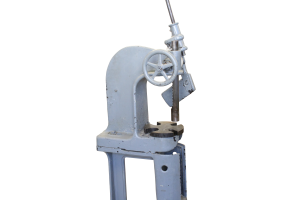
Arbor presses are typically used to perform smaller jobs, such as staking, riveting, configuring and removing bearings and other press fit work. Punches, inserters, or other tools/dies may be added to the end of the ram depending on the task. Arbor presses are usually rated by the ideal force that the leverage bar can apply. Typically common are presses with a leverage of 1–5 tons. This leverage is achieved when a force is applied to the lever arm or wheel.